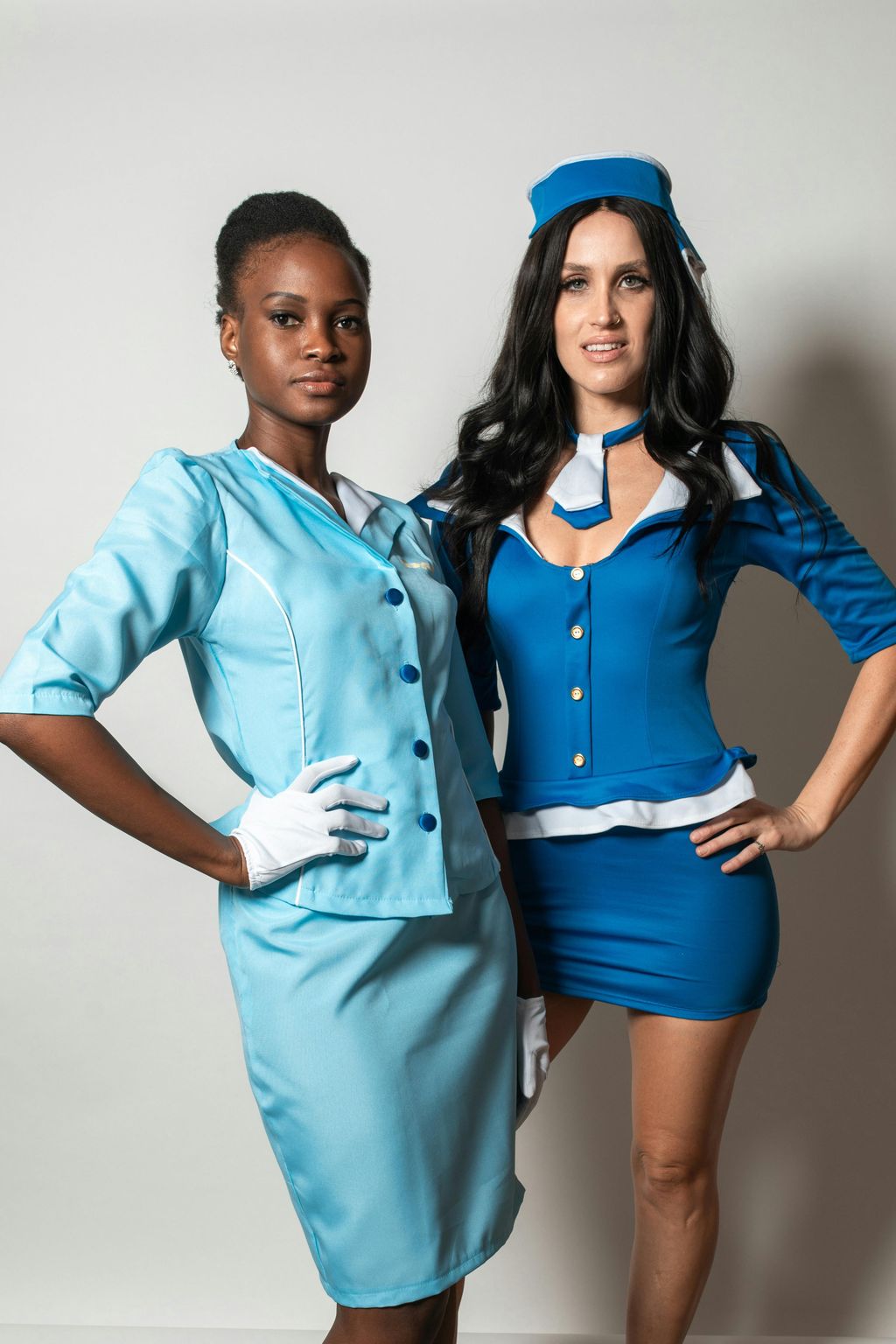
The world of air travel, for many, is a realm of occasional convenience or dreaded necessity. But for those of us who’ve spent years navigating its intricacies from the other side – as flight attendants – it’s a universe brimming with unspoken rules, subtle cues, and countless ways to enhance the journey. I’ve logged thousands of hours in the sky, crisscrossing continents and observing everything from the quirks of passenger behavior to the silent efficiencies of cabin operations. Even now, after leaving the job, these experiences continue to shape how I approach every flight as a passenger.
My career as a flight attendant, spanning a decade, and my personal travels to more than 74 countries have given me a unique perspective. I’ve learned how to make travel as seamless and enjoyable as possible, not just for passengers, but for myself. Many of the insights I gained on the job are practical strategies that any flier can adopt to transform a potentially tedious trip into a remarkably comfortable and efficient one. It’s about understanding the environment and knowing how to work within it.
So, whether you’re embarking on a short hop or preparing for an ultra-long-haul flight, the tips I’m about to share are battle-tested and proven to improve your experience. These aren’t just generic pieces of advice; they are the fundamental practices I still employ every single time I step onto a plane. From subtle interactions with the crew to smart packing choices and in-flight routines, these are the insider secrets that elevate my journey.
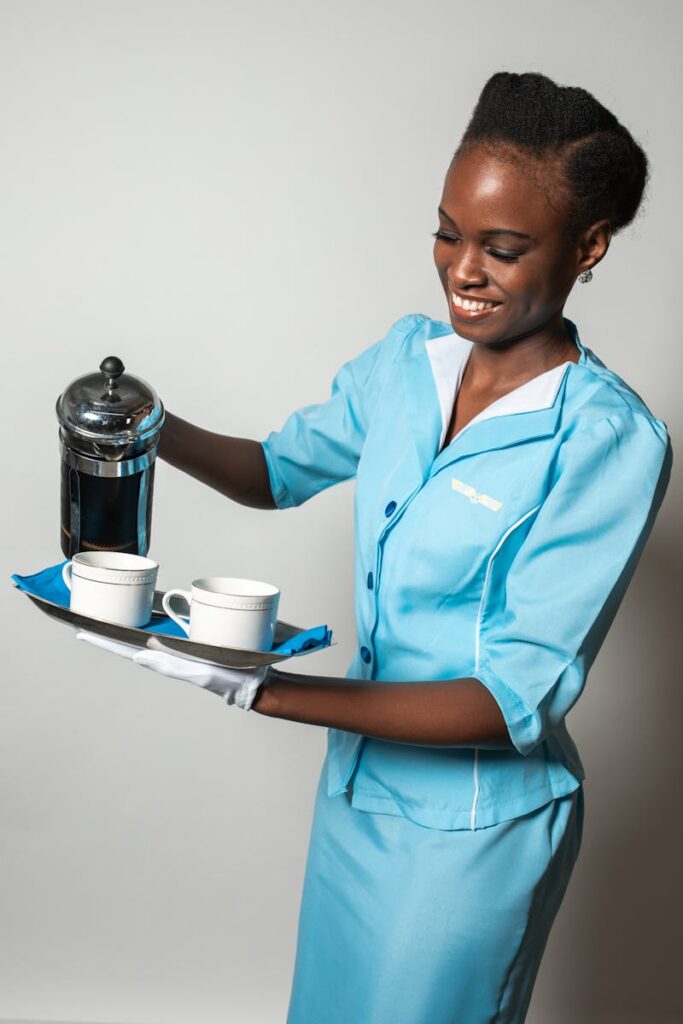
1. **Always be Polite to Crew**
I make it an absolute point to be polite and friendly with the cabin crew every single time I step onto a plane. Having spent years on the other side, I know firsthand the immense pressure flight attendants are under and how a little kindness can genuinely go a long way. This isn’t merely about good manners; it’s a strategic move to ensure a far smoother and more pleasant journey for yourself.
From the moment you board, the crew is assessing the situation and noting passenger demeanor. I know that if you’re rude to one of us, there will absolutely be notes about you in the airline database for future flights. Conversely, being consistently polite and friendly can open doors to more attentive service throughout the flight. On a less full flight, you’re also significantly more likely to receive complimentary drinks from the staff, as it becomes very challenging to comp one person without everyone else wanting freebies if the flight is packed.
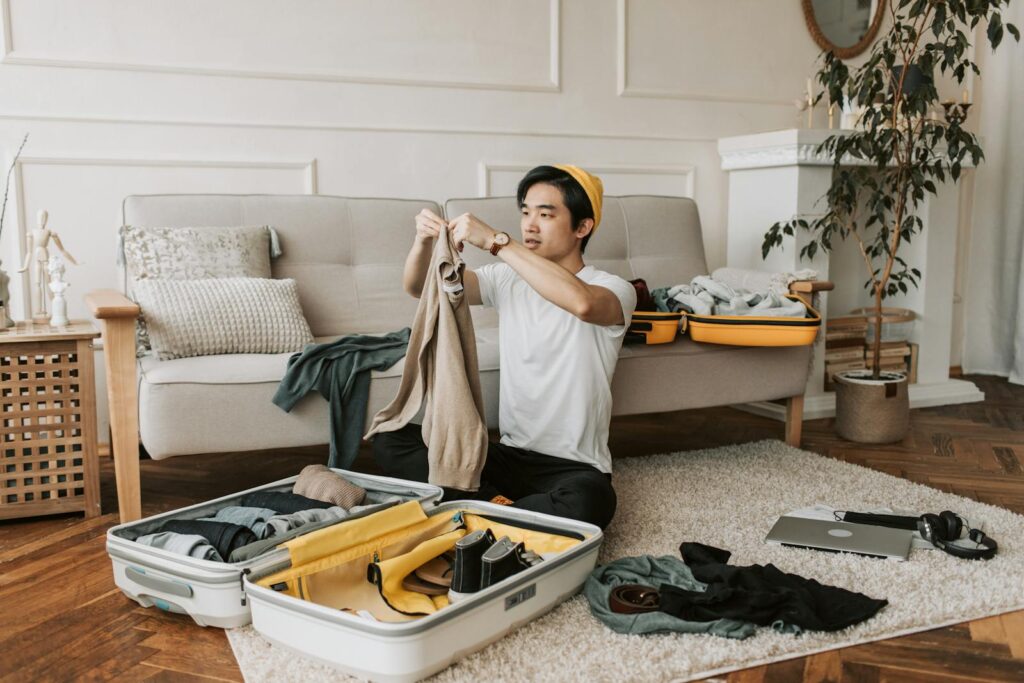
2. **Pack Your Own Food and Drink Smart**
I always pack my own snacks for flights, especially when facing a lengthy journey. My time as a flight attendant taught me that while pilots get fed on international flights, cabin crew often have to pack their own food or go hungry for 14-plus hours. This invaluable insight means I always ensure I have protein-rich options like trail mix or protein bars, which are perfect because they don’t need refrigeration and are usually fine through customs. This prevents me from ever being ‘hangry’ or left without appealing food options, even if service is delayed or unavailable.
Beyond snacks, I consciously manage my in-flight beverage choices. I strictly avoid anything carbonated, as I know the cabin pressurization expands air, including the pockets of gas in your stomach and intestines. This often leads to uncomfortable bloating. Water is always the best option for hydration in the dry cabin environment, and I ensure I drink plenty of it. Furthermore, I make a point to eat lightly before boarding the flight, as a heavy meal can contribute to discomfort and give your digestive system a break before it needs to adjust to a new time zone.
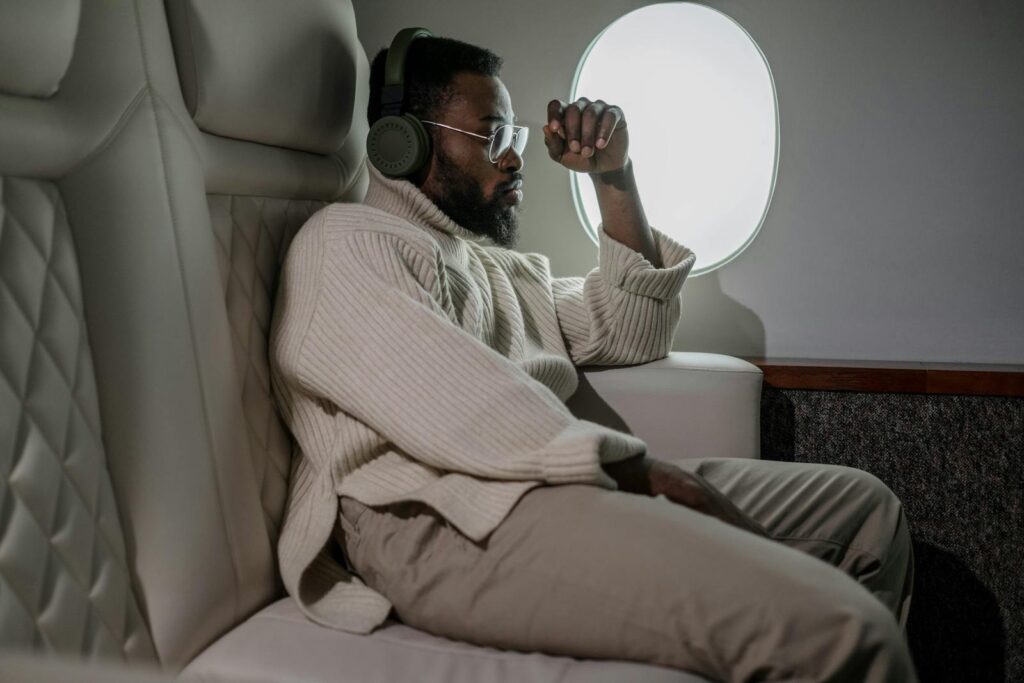
3. **Prioritize Seat Choice for Comfort**
When I’m booking a flight, especially a long-haul one, prioritizing seat selection for maximum comfort is non-negotiable for me. I’m well aware that, contrary to popular belief, not all economy seats are created equal. To secure those precious extra inches of legroom, I actively seek out and try to book an exit row seat or a bulkhead seat – the first row of a seating section facing a wall. These small strategic choices in seating placement can make an enormous difference in overall comfort and how cramped you feel during your journey.
For truly grueling ultra-long-haul flights, where a business or first-class lie-flat seat is either unavailable or simply out of budget, I’ve seen the genius hack of booking three adjacent economy seats. This method often remains more affordable than a single seat in a premium cabin and provides ample space to stretch out and even get some proper rest. However, a crucial detail I always confirm by checking the airline’s seat map is that any row with its back immediately in front of a window exit will have its recline function disabled. If reclining is important for my comfort, which it usually is on long flights, I steer clear of these specific spots.
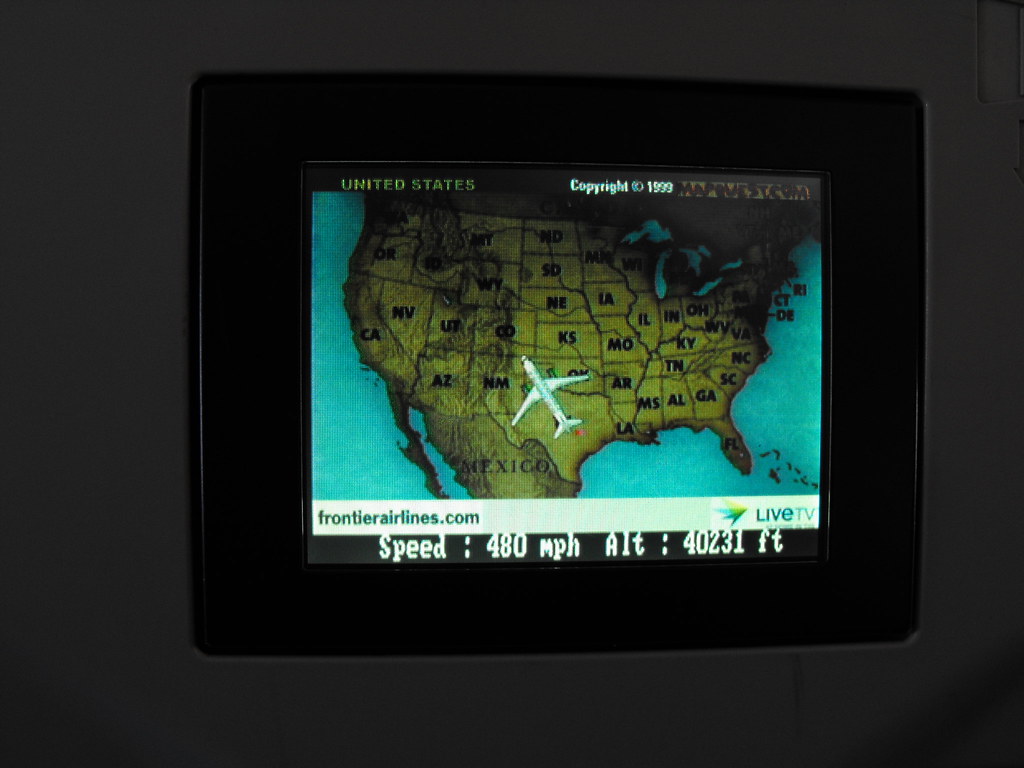
4. **Carry Essential Entertainment**
I’ve learned never to rely solely on the in-flight entertainment system provided by the airline. Through years of observation, I know that both the seat-back television screens and the Wi-Fi systems can be incredibly unreliable, with Wi-Fi often failing entirely when flying over large bodies of water. This is why I always arrive prepared with my own comprehensive personal entertainment arsenal. This way, I’m guaranteed to have engaging content to occupy my time, regardless of any technical glitches or system failures onboard.
Before any trip, I meticulously download a wide variety of content onto my tablet or smartphone, ensuring I have plenty of e-books, movies, and TV shows readily available offline. I also make it a habit to bring a physical book, offering a welcome break from screens and a reliable source of entertainment when my devices need to be stowed. Crucially, I always pack a high-quality pair of noise-canceling headphones to block out the various sounds of the cabin. And of course, a power cord is essential to charge my devices, as most modern planes now offer charging ports, keeping my entertainment flowing throughout the flight.

5. **Strategize for Sleep on Long Flights**
Successfully navigating an ultra-long-haul flight often hinges on getting some quality sleep, and I actively strategize for it. One of my primary tactics for beating jet lag, especially after an overnight flight, is to force myself to stay awake until bedtime on the day I arrive in a new time zone. While I might allow myself a very short nap if I land in the morning, if it’s any time after noon, I make a determined effort to power through until the evening. This method helps me adjust much faster and ensures the best possible night’s sleep initially.
When I do plan to catch some Zs on the plane itself, I invariably choose a window seat. This allows me to lean comfortably against the aircraft wall for support, which is far superior to trying to sleep upright in an aisle or middle seat. Opting for the window also means I won’t be disturbed by other passengers in my row needing to exit to use the restroom or stretch their legs. To further enhance my chances of deep slumber, I always pack essential sleep aids: a comfortable travel pillow for neck support and my indispensable noise-canceling headphones to block out ambient cabin noise. These items make a world of difference in creating a conducive sleep environment on a flight.
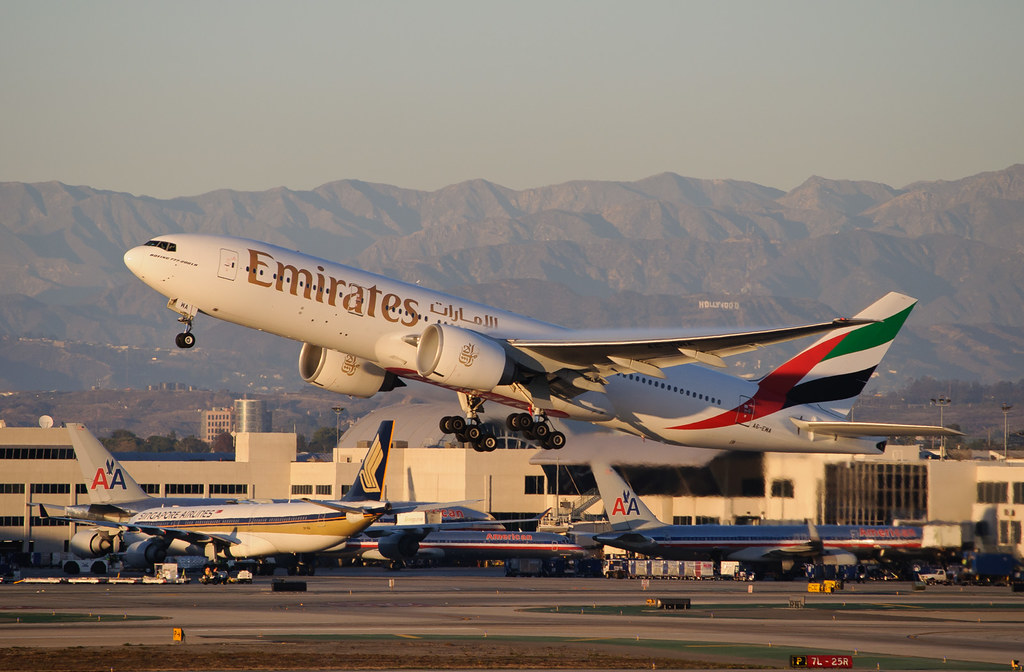
6. **Move Around and Stretch Regularly**
I simply refuse to stay confined to my seat for the entire duration of a flight, especially on those extended ultra-long-haul journeys. Remaining stationary for hours isn’t just mind-numbingly boring; it poses genuine health risks, including the potential for blood clots, muscle stiffness, and uncomfortable cramps. As soon as the ‘fasten seatbelt’ sign is safely off, I make it an absolute priority to get up and move around the cabin, giving my body the break it desperately needs.
My routine involves getting up and walking the aisles every hour or two, stretching a bit, and consciously wiggling my ankles to encourage healthy blood circulation. It’s important to execute this respectfully, ensuring you don’t do so when the crew is actively serving meals or drinks, and always avoiding crowding around the lavatories or in the galley areas where the crew works. If I anticipate needing to get out of my seat frequently, which I usually do on long flights, I will strategically book an aisle seat. This way, I can easily access the aisle without having to inconveniencing my fellow passengers who might be trying to rest.
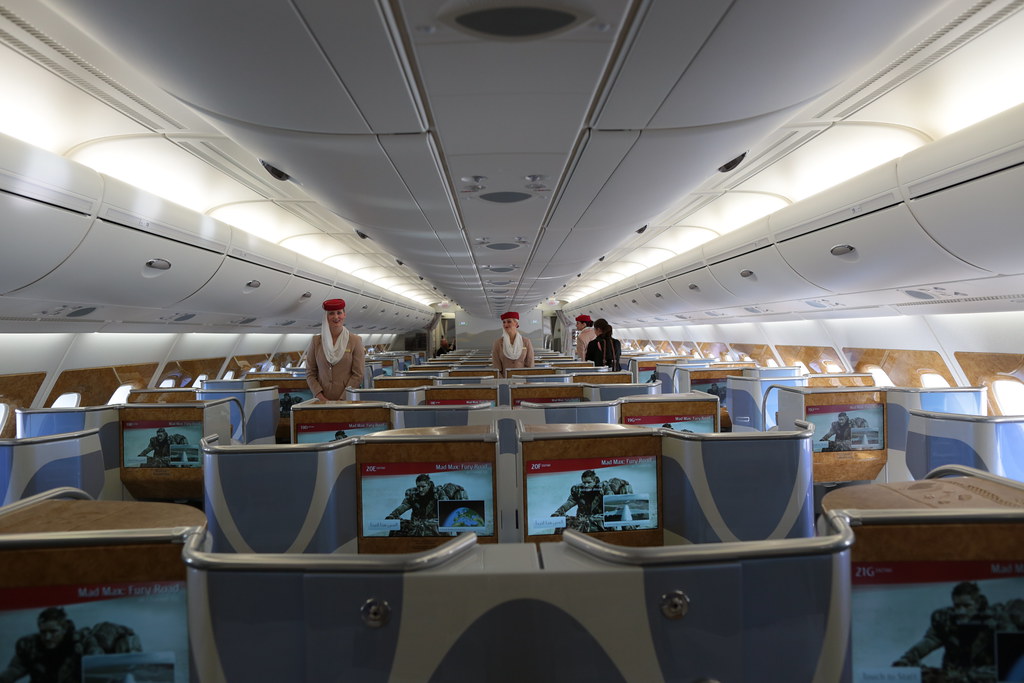
7. **Maintain Hydration Inside and Out**
The environment within an aircraft cabin at high altitudes is incredibly dry – far more arid than most people realize. This low humidity can quickly lead to dehydration, making passengers feel parched and uncomfortable. My steadfast rule, learned from years in the sky, is to maintain constant hydration, both internally and externally. I always carry an empty reusable water bottle with me through airport security, and my first stop post-security is to fill it up. Having my own supply means I don’t have to wait for beverage service and can sip throughout the flight, which is crucial.
Beyond simply drinking water, I extend my hydration efforts to my skin. The severely dry conditions can wreak havoc, causing dryness and irritation. Therefore, my personal carry-on always contains essential external hydrants: a good quality lip balm to prevent chapping, a rich hand lotion for my skin, and a refreshing facial spray. This comprehensive approach to hydration ensures that my body, inside and out, remains as comfortable as possible despite the challenging cabin atmosphere. It’s a small effort that yields significant comfort throughout the journey.
Having navigated the skies for years, I’ve seen it all – the good, the bad, and the truly unexpected. While the initial tips focused on personal comfort and crew interaction, there’s a whole other layer to mastering air travel. This next set of insights dives deeper into practical strategies for packing smart, maintaining hygiene in the cabin, and preparing for your destination. These are the advanced moves that will not only elevate your journey but transform you into a truly savvy traveler, equipped to handle almost anything the world of aviation throws your way.
From understanding the hidden realities of aircraft cleanliness to optimizing your luggage strategy, these are the insider secrets I still swear by. They’re designed to empower you, ensuring your trip is not just bearable, but genuinely seamless and enjoyable. Let’s unlock the next level of air travel wisdom, directly from someone who’s been there, done that, and still loves to fly.
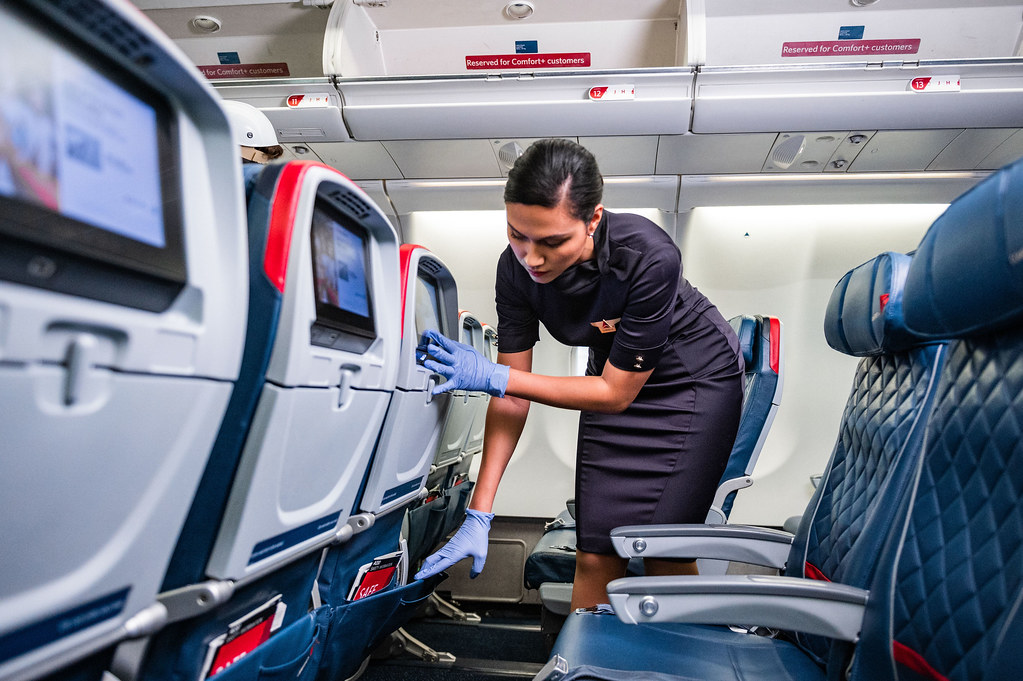
8. **Always Wipe Down Your Tray Table**
As someone who has spent countless hours observing the minutiae of cabin life, I can tell you this: your tray table is not as clean as you think it is. It’s a shocking truth, but these surfaces are ‘never cleaned or sanitized between flights.’ Think about it – people eat on them, sleep on them, and yes, as I’ve unfortunately witnessed, ‘babies get changed on those tables.’ It’s a hotbed for germs, and relying on airline cleaning crews to meticulously scrub every surface between quick turnarounds is simply unrealistic.
Because of this, my first act after settling into my seat is always to give my tray table a thorough wipe-down. I carry a small pack of disinfectant wipes specifically for this purpose. This simple habit takes less than a minute but provides immense peace of mind. It’s a proactive step to create a cleaner, safer personal space in what is, by necessity, a shared environment, ensuring that where I place my food, tablet, or hands is as hygienic as possible.
9. **Dress Smartly for Comfort and Health**
One of the most common complaints I heard and experienced firsthand on flights, particularly ultra-long-haul ones, is the unpredictable cabin temperature. ‘The cabin is generally pretty cold, and blankets might not be available,’ which can make a multi-hour journey feel like an endurance test. Smart dressing isn’t just about looking good; it’s about physiological comfort and strategic preparation for an environment where you have limited control over your immediate surroundings.
My go-to strategy is layering. I always wear loose-fitting clothing that allows for easy movement and can be adjusted as the cabin temperature fluctuates. Think soft fabrics, a comfortable sweater or fleece, and perhaps even a lightweight scarf that can double as extra warmth or neck support. Beyond just warmth, consider your circulation. Remaining seated for extended periods can pose health risks like blood clots. This is why ‘I wear compression tights to help with blood circulation, which mitigates fatigue.’ There are also compression socks and/or pants available for both men and women, a small investment that can make a huge difference in comfort and well-being, especially on those truly marathon flights.
10. **Carry an Eye Mask, Ear Plugs, and Neck Pillow**
Successfully catching some Zs in economy class, especially on a packed flight, often feels like trying to win the lottery. The combination of ambient noise, cabin lights, and the less-than-ideal seating position makes it ‘difficult to sleep.’ Many passengers simply resign themselves to hours of restless discomfort, but I’ve found that a few simple, lightweight items can completely transform your ability to rest onboard.
These are my non-negotiable sleep aids: a comfortable travel pillow, an eye mask, and noise-canceling headphones or earplugs. The travel pillow provides crucial neck support, preventing that dreaded crick in your neck. An eye mask blocks out all cabin light, signaling to your brain that it’s time to unwind. And the headphones or earplugs are a game-changer for ‘block[ing] out light and noise,’ creating a quiet cocoon amidst the hum of the aircraft and chatter of fellow passengers. These tools are essential for making those long flights feel a whole lot shorter by enabling genuine, restorative sleep.
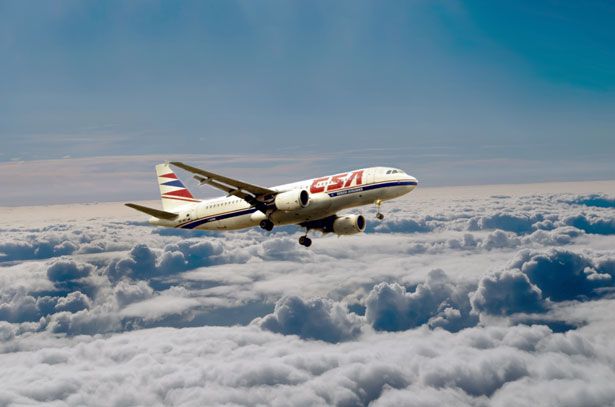
11. **Pack a Face Mask for Unpleasant Odors**
While air travel connects us to incredible destinations, it also brings us into close quarters with hundreds of strangers, each with their own habits and, well, unique fragrances. I’ve encountered everything from overpowering perfumes to the lingering scent of certain foods, and even the notorious ‘crop dusting’ phenomenon – those moments when passengers release trapped air as they walk down the aisle. As a flight attendant, you quickly learn to brace for ‘possibly some unpleasant odors.’
As a passenger, I still carry a simple face mask for those moments. While its primary function during the pandemic was health protection, it also proved incredibly useful for discreetly mitigating any strong or ‘nauseating’ smells that might permeate the cabin. For an extra layer of defense, you could also consider a small, travel-sized air freshener or essential oil spritz, used subtly and with consideration for others, to create a more pleasant personal olfactory bubble. It’s about proactive self-preservation in a confined space.
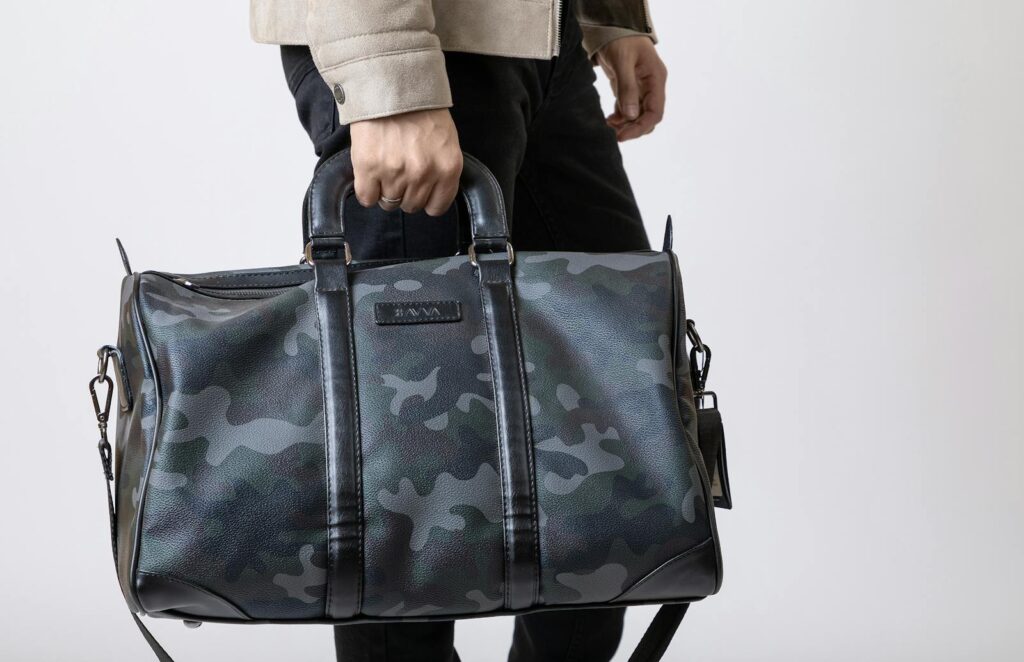
12. **Ditch Your Checked Bag and Opt for Just a Carry-On**
One of the most liberating lessons I learned during my decade as a flight attendant was the unparalleled freedom of traveling light. My habit quickly became to ‘travel with just a carry-on suitcase and a tote bag.’ This isn’t just a preference; it’s a strategic move that fundamentally changes your travel experience, transforming potential stressors into seamless transitions. The benefits are simply too significant to ignore.
First and foremost, ‘this method allows me to have my belongings with me at all times and lowers the risk of losing luggage halfway around the world.’ No more nail-biting waits at the baggage carousel or the nightmare of a lost bag in a foreign country. Furthermore, ‘traveling with only a carry-on also means I can avoid waiting in long check-in lines and wasting time at baggage claim.’ It gets you out of the airport faster and into your destination sooner. To maximize space in your carry-on, remember to wear bulkier items like coats and boots onto the plane, and always double-check your airline’s specific carry-on policy before you fly.
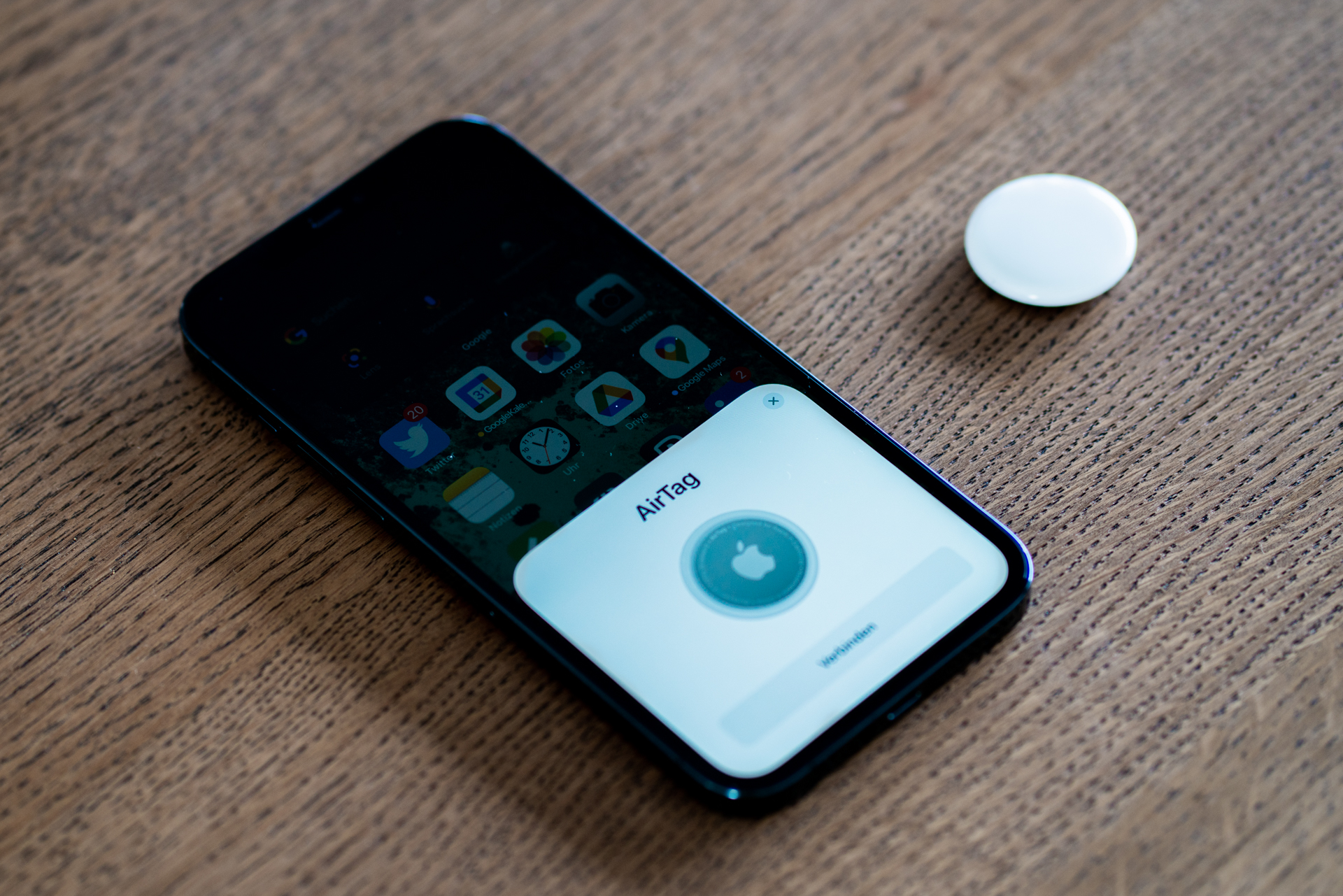
13. **If You Check a Bag, Invest in a Luggage Tracker and Packing Cubes**
While I advocate for carry-on travel whenever possible, I understand that sometimes a checked bag is unavoidable. Perhaps you’re on an extended trip, traveling with family, or carrying specialized equipment. In such instances, my insider advice turns to modern solutions that bring peace of mind and organization: portable luggage trackers and packing cubes. These two items, while seemingly small, are absolute ‘game changers for travelers who check luggage.’
Portable tracking devices, like Apple AirTags, are a revelation. I wish portable tracking devices, like Apple AirTags, were around when I was a flight attendant.’ Simply pop one into your suitcase, and should your bag go astray, you have a powerful tool to ‘help locate misplaced bags,’ often before the airline even knows it’s missing. Complementing this, packing cubes are ‘my best friend when I needed to take a lot of items with me for long trips.’ ‘The cubes divide your belongings into separate sections and help keep them organized,’ turning a chaotic suitcase into a tidy, efficient system where you can find exactly what you need without rummaging.

14. **Download a Translation and Currency Converter App**
Venturing into an international destination, especially one where English isn’t widely spoken, can be daunting. From navigating local transport to ordering food, language barriers can quickly turn excitement into frustration. This is where meticulous pre-flight preparation, in the form of digital tools, becomes invaluable. My essential pre-landing ritual is always to ‘download a translation app, like Google Translate, in the local language so you can use it offline.’
This foresight has saved me countless times in places with spotty internet access. Even if ‘the translation isn’t perfect, the app helps get your message across,’ bridging communication gaps that might otherwise leave you stranded or misunderstood. Beyond language, managing finances in a new country can be tricky with fluctuating exchange rates. That’s why ‘I also recommend downloading currency-convertor apps ahead of arrival so you can use them offline too.’ These apps ensure you’re always making informed purchasing decisions and sticking to your budget, transforming potential pitfalls into smooth, confident interactions as you explore a new culture.
And there you have it – a treasure trove of insights cultivated over years in the sky, designed to empower your next journey. These aren’t just tips; they are the battle-tested strategies that have consistently turned potentially stressful travel into comfortable, efficient, and truly enjoyable experiences for me. From the subtle art of crew interaction to mastering packing and preparing for your destination, every piece of advice is aimed at helping you take control of your travel narrative. The sky is no longer just a means to an end; with these insider secrets, it becomes an extension of your expertly managed adventure. So go forth, explore, and let every flight be a testament to your newfound travel wisdom!




